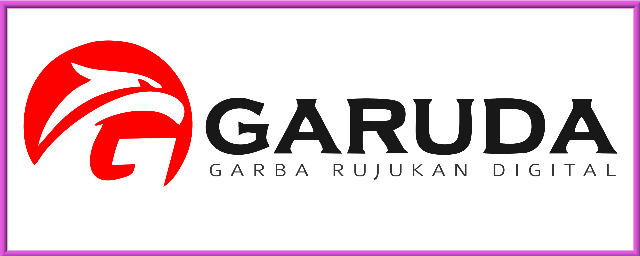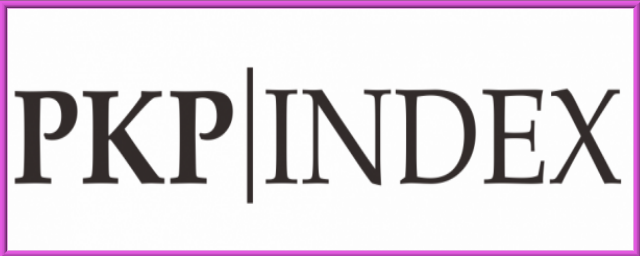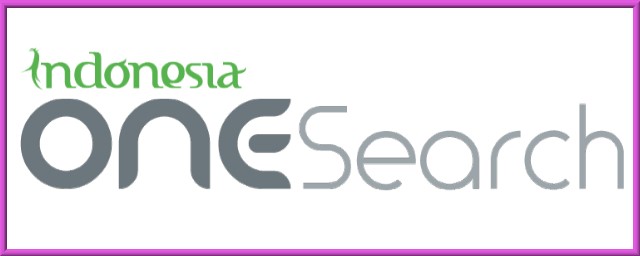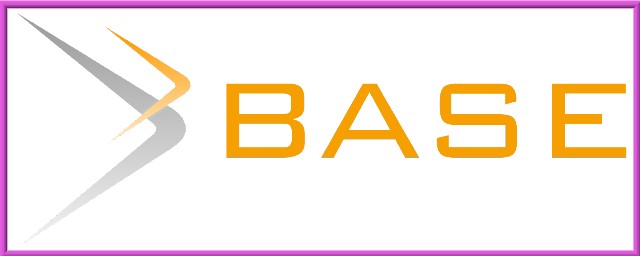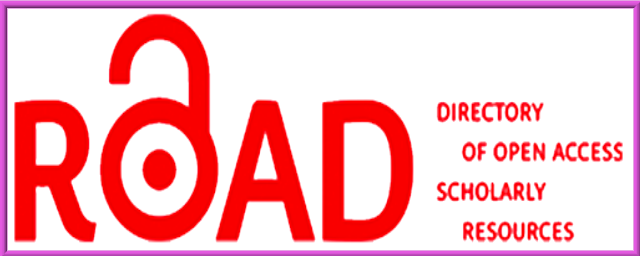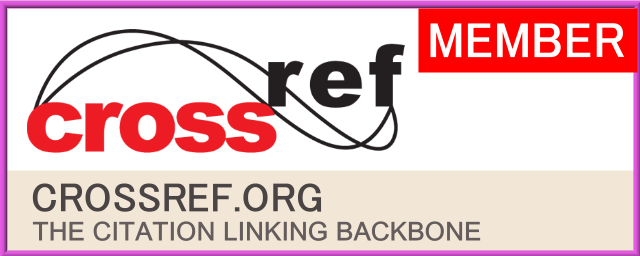Pemetaan Distribusi Regenarasi Alami Semai Berdasarkan Jenis Tegakan Mangrove Di Kawasan Teluk Kendari
Abstract
Regenerasi semai pada hutan mangrove merupakan salah satu bagian penting dalam proses suksesi sekunder. Inventarisasi seedling yang tumbuh secara alami di berbagai tegakan mangrove, berkepentingan sangat kuat meningkatkan keberhasilan restorasi ekosistem mangrove di Teluk Kendari yang mengalami berbagai tekanan lingkungan fisik secara terus- menerus. Penelitian ini bertujuan menganalisis dan memetakan bagaimana distribusi regenerasi alami semai berdasarkan jenis tegakan mangrove di Teluk Kendari. Jenis penelitian kuantitatif dengan metode survei, dan inventarisasi vegetasi dilakukan dengan membuat belt transect, identifikasi jenis dan komposisi, kemudian diterjemahkan dalam bentuk peta spasial dengan memanfaatkan analisis Sistem Informasi Geografis (SIG). Hasil penelitian menunjukkan tegakan mangrove di Kawasan Teluk Kendari didominasi oleh jenis tegakan campuran atau bergerombol (66,64%), jenis tegakan Sonneratia alba (22,12%), dan tegakan Rhizophora mucronata (11,24%) dan terdistribusi 9 spesies regenerasi alami semai. Distribusi spasial menunjukkan pada tegakan bergerombol didominasi oleh jenis semai A. marina (Forssk.) Vierh. dengan KR 23,78% dan FR 21,86%, kemudian X. granatum J. Koenig. KR 14,01 dan FR 15,61%, jenis B. gymnorrhiza (L) Lamk. KR 14,66% dan FR 12,49%, jenis S. alba Grifft. KR 12,70% dan FR 10,93%, serta jenis R. apiculata Bl. dengan KR 7,82% dan FR 12,49%. Pada tegakan S. alba Grifft. distribusi semai didominasi oleh jenis S. alba Grifft. itu sendiri mencapai nilai KR 44,08% dan FR 26,44% disusul oleh jenis
- mucronata Lamk. dengan KR 20,39% dan FR 37,52%. Sebaliknya pada tegakan R. mucronata Lamk. juga memperlihatkan dominasi jenis semai R. mucronata Lamk. itu sendiri dengan nilai KR 58,66% dan FR 31,25% dan disusul oleh semai B. gymnorrhiza (L) Lamk. dengan nilai KR 13,78% dan FR 20,83%. Importance value index atau INP diperlihatkan oleh jenis R. mucronata Lamk. mencapai 45,49%, kemudian S. alba Grifft. 37,33%, B. gymnorrhiza (L) Lamk. 31,49%, A. marina (Forssk.) Vierh. 25,06%, dan R. apiculata Bl. 23,41% memiliki tingkat penguasaan tertinggi dalam komunitas serta peranannya dalam stabilitas ekosistem mangrove berkelanjutan di Kawasan Teluk Kendari. Pemetaan distribusi spasial regenerasi alami semai menjadi informasi penting mendukung restorasi ekosistem mangrove terdegradasi melalui dukungan kebijakan pengendalian secara ketat kawasan permukiman dan kegiatan lainnya yang tumbuh secara tidak terencana, pengendalian marine debris dan peningkatan kelembagaan masyarakat, perencanaan rehabilitasi ekosistem mangrove secara tepat, pelibatan akademisi atau pakar, serta mempertimbangkan penggunaan bibit atau seedling yang sesuai dengan karakteristik habitat mangrove pada program penanaman yang dilakukan oleh instansi pemerintah dan non pemerintah setiap tahunnya.
Kata Kunci: Distribusi Regenerasi Alami Semai, Tegakan Mangrove, SIG, Rekomendasi Pengelolaan Berkelanjutan, Teluk Kendari.
Abstract
Seedling regeneration in mangrove forests is an important part of the secondary succession process. Inventory of seedlings that grow naturally in various mangrove stands is very important to increase the success of mangrove ecosystem restoration in Kendari Bay which experiences various physical environmental pressures continuously. This study aims to analyze and map how the distribution of natural regeneration of seedlings is based on the type of mangrove stands in Kendari Bay. The type of quantitative research with survey methods, and vegetation inventory was carried out by making belt transects, identifying types and compositions, then translated into spatial maps using Geographic Information System (GIS) analysis. The results showed that mangrove stands in the Kendari Bay area were dominated by mixed stand types (66,64%), Sonneratia alba stand types (22,12%), and Rhizophora mucronata stands (11,24%) and were distributed by 9 species of natural regeneration of seedlings. Spatial distribution shows that mixed or clustered stands are dominated by the A. marina (Forssk.) Vierh seedling type with KR 23,78% and FR 2,86%, then X. granatum J. Koenig. KR 14,01 and FR 15,61%, B. gymnorrhiza (L) Lamk. KR 14,66% and FR 12,49%, S. alba Grifft. KR 12,70% and FR 10,93%, and R. apiculata Bl. with KR 7,82% and FR 12,49%. In the S. alba Grifft. stand, the distribution of seedlings was dominated by the S. alba Grifft. species itself reaching a KR value of 44,08% and FR 26,44% followed by the R. mucronata Lamk. species with KR 20,39% and FR 37,52%. On the other hand, in the R. mucronata Lamk. stand, the distribution of seedlings was dominated by the S. alba Grifft. species itself reaching a KR value of 44,08% and FR 26,44% followed by the R. mucronata Lamk. species with KR 20,39% and FR 37,52%. In contrast, in the R. mucronata Lamk. stand, the distribution of seedlings was dominated by the S. alba Grifft. species itself reaching a KR value of 44,08% and FR 26,44% followed by the R. mucronata Lamk. species with KR 20,39% and FR 37,52%. also shows the dominance of the R. mucronata Lamk. seedling type itself with a KR value of 58,66% and FR of 31,25% and followed by B. gymnorrhiza (L) Lamk. seedlings with a KR value of 13,78% and FR of 20,83%. The Importance Value Index or INP is shown by the R. mucronata Lamk. type reaching 45,49%, then S. alba Grifft. 37,33%, B. gymnorrhiza (L) Lamk. 31,49%, A. marina (Forssk.) Vierh. 25,06%, and R. apiculata Bl. 23,41% have the highest level of mastery in the community and their role in the stability of sustainable mangrove ecosystems in the Kendari Bay Area. Mapping the spatial distribution of natural regeneration of seedlings is important information to support the restoration of degraded mangrove ecosystems through the support of strict control policies for residential areas and other activities that grow unplanned, control of marine debris and improvement of community institutions, appropriate planning for mangrove ecosystem rehabilitation, involvement of academics or experts, and considering the use of seeds or seedlings that are in accordance with the characteristics of mangrove habitats in planting programs carried out by government and non-government agencies every year.
Keywords: Natural Regeneration Distribution of Seedlings, Mangrove Stand, GIS, Sustainable Management Recommendations, Kendari Bay.





